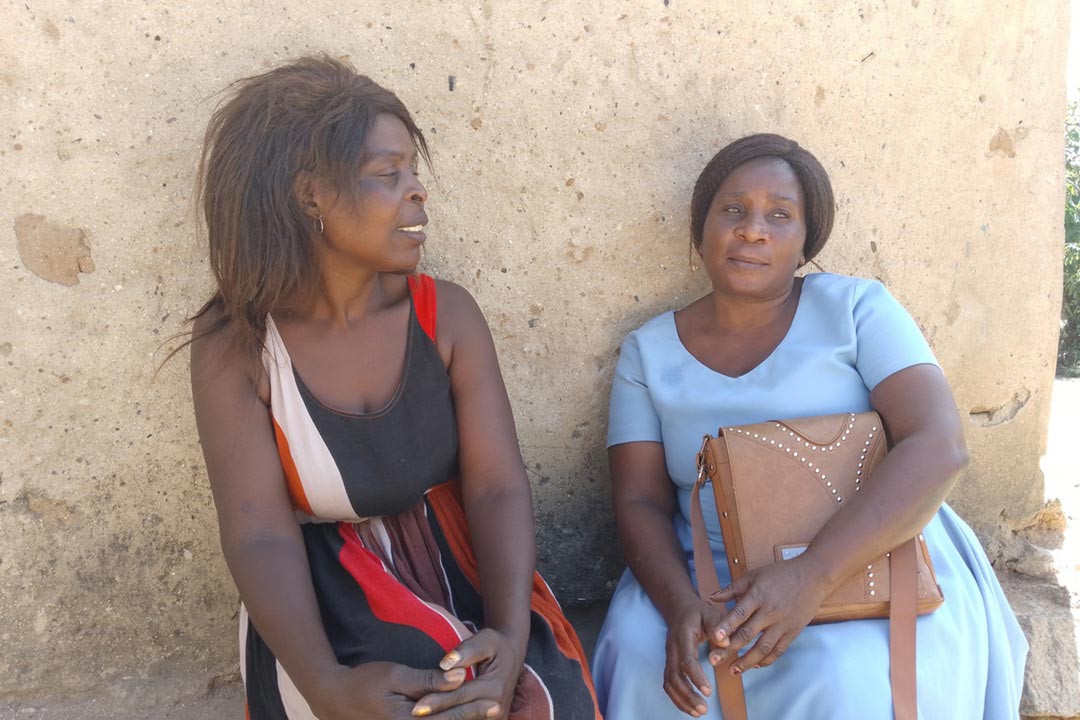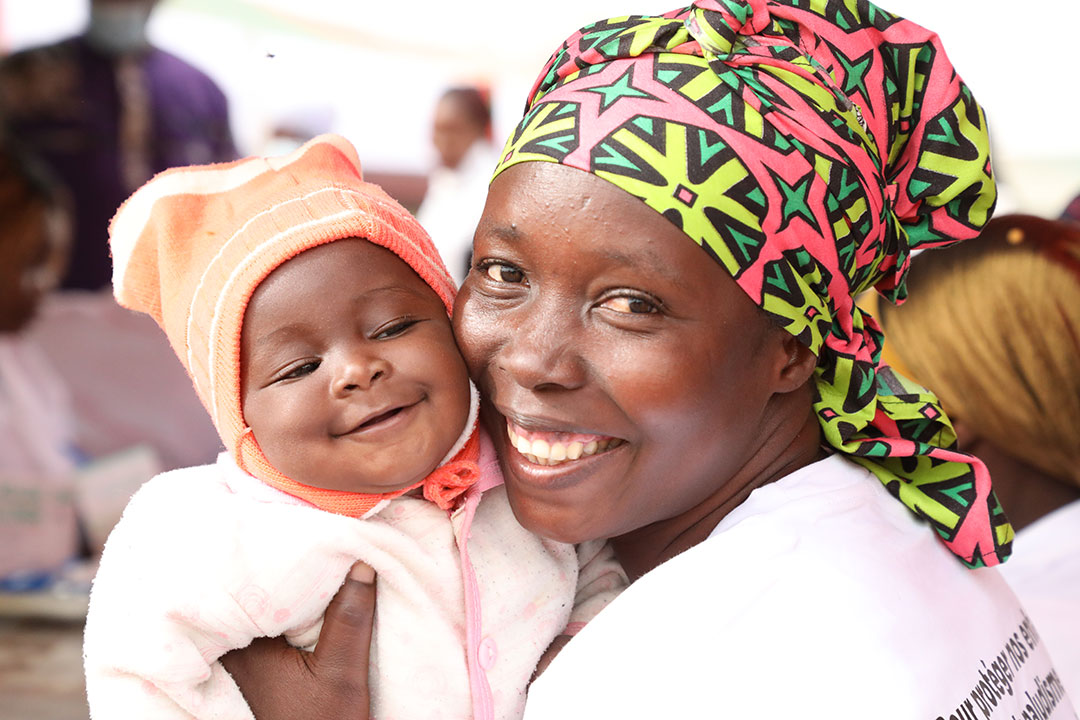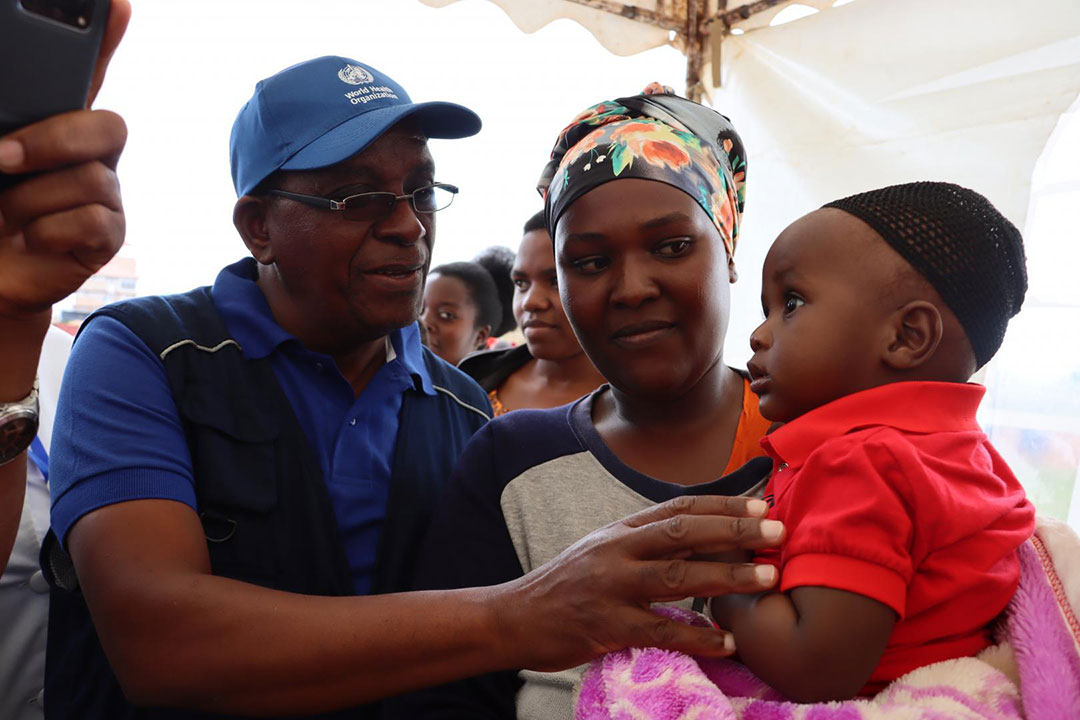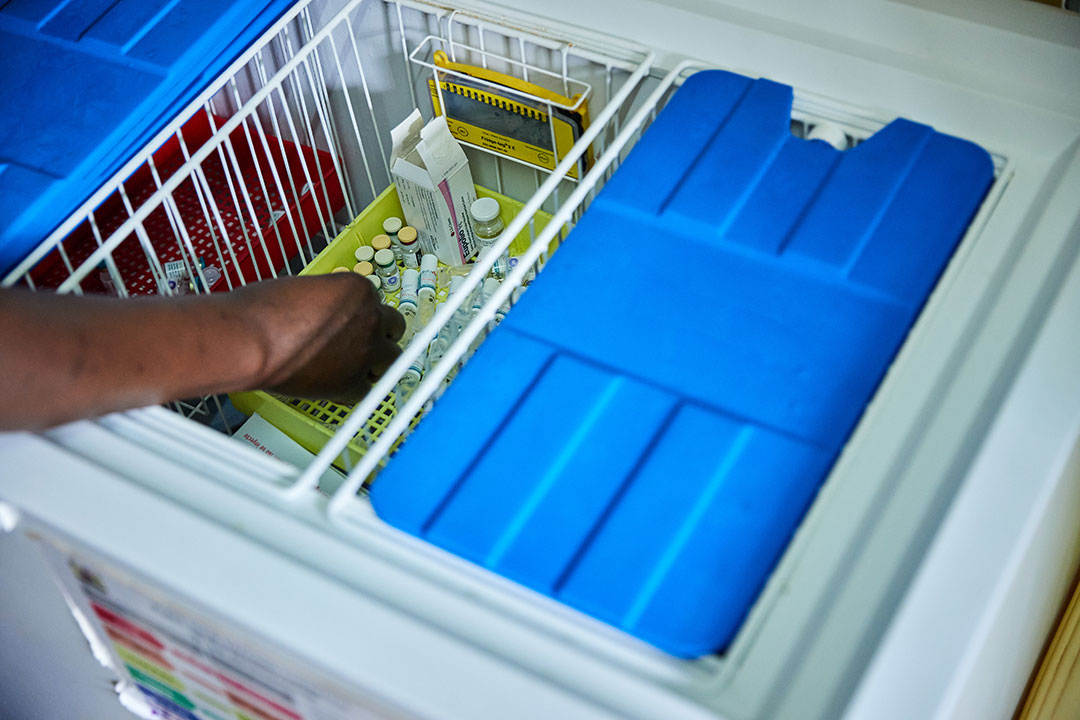COVID-19 variants are not going away, but vaccines may help make that OK
Clinically significant SARS-CoV-2 variants are likely to be here to stay, but multiple COVID-19 vaccines still have a role to play.
- 15 February 2021
- 5 min read
- by Gavi Staff

The appearance of clinically significant variants of the SARS-COV-2 virus that causes COVID-19 has complicated efforts to control this pandemic. For example, the variant first identified in South Africa and since verified in at least 37 countries has been found to be better able to infect recipients of COVID-19 vaccines from Oxford-AstraZeneca, Johnson and Johnson, and Novavax than other known SARS-CoV-2 variants.
These variants, their ability to infect individuals with pre-existing immunity to SARS-CoV-2 from vaccination or prior infection, and the potential for additional clinically-significant variants to appear in the future, have cast doubt on our ability to achieve herd immunity unless a current or future vaccine proves to be highly effective over a long period in preventing transmission of all possible SARS-CoV-2 variants.
While it is tempting to think that accelerated vaccination could eliminate clinically significant variants and prevent new ones from appearing even without such a vaccine, past experience with the Malaria Eradication Programme in the 1950s and 1960s and efforts to eliminate circulating vaccine derived poliovirus type 2 suggest such efforts are unlikely to succeed.
Multiple existing COVID-19 vaccines seem to be potentially quite effective in preventing hospitalisation and death from a range of COVID-19 variants.
The Malaria Eradication Programme was inspired by success in the 1940s and early 1950s in eliminating mosquitoes that spread malaria in Italy, Sri Lanka, Venezuela and other countries through the use of the insecticide DDT. The essence of the programme was to apply that model of mosquito elimination to a wide range of countries, and without mosquitoes the Plasmodium parasites that caused malaria could not infect people.
However, when the Malaria Eradication Programme began there was already evidence of mosquitoes developing resistance to DDT, which reduced DDT’s ability to eliminate mosquitoes. Instead of reassessing the programme, the Malaria Eradication Programme’s backers decided this resistance was a reason to push forward in the hope that mosquitoes that spread malaria could be eliminated before resistance spread too far.
This effort ultimately proved unsuccessful. By killing susceptible mosquitoes and sparing resistant ones, widespread DDT-use selected for resistant mosquitoes, allowing them to spread and flourish. For this and other reasons, the Malaria Eradication Programme was abandoned in the late 1960s.
More recently, the Global Polio Eradication Initiative (GPEI) faced the problem that the attenuated Sabin-strain polioviruses used in oral polio vaccine (OPV) could mutate and regain the ability to spread and cause paralysis in areas with low population immunity to polio. While this problem could arise with types 1, 2 and 3 polioviruses, by 2016 it was by far most common with type 2 polioviruses.
To address this problem, GPEI sought to simultaneously reach high population immunity to type 2 polioviruses in all OPV-using countries and to switch from OPV containing type 2 polioviruses to OPV without type 2 polioviruses in the over 150 countries using OPV. While this switch successfully achieved a high degree of coordinated action across countries in 2016, it did not quite eliminate all of the circulating vaccine derived polioviruses type 2 (cVDPV2s). Since then, cVDPV2s have spread from the small pockets where they survived across multiple countries.
GPEI is now trying to eliminate cVDPV2s through use of a novel oral polio vaccine that uses poliovirus strains that are far less likely to regain the ability to spread and cause paralysis. Even so, the 2016 effort’s failure underscores the difficulty of achieving high vaccination coverage and population immunity in all areas simultaneously.
Have you read?
Taken together, the experience with DDT resistant mosquitoes and cVDPV2s illustrate why a vaccination effort to stop the appearance of SARS-CoV-2 variants that can evade some of the protection provided by vaccines and recovery from natural infection is unlikely to succeed.
As with DDT and mosquitoes, the more widespread the vaccines that affect some SARS-CoV-2 variants more than others, the more selection pressure there will be in favour of the variants that will evade that immunity as long as any SARS-CoV-2 continues to circulate. The difficulty of stopping SARS-CoV-2 circulation in humans by simultaneously eliminating variants everywhere over a short period through vaccination is illustrated by the failure of efforts to eliminate cVDPV2s by simultaneously reaching high levels of population immunity across all countries using OPV.
In practice, there will very likely continue to be at least some areas where SARS-CoV-2 continues to circulate, allowing the creation of new clinically significant variants that can spread into areas with high levels of immunity to previous versions of the virus. If some current or future vaccines turn out to be highly effective in stopping transmission of all possible variants over a long period, then they could be used to prevent the appearance of new variants, but such vaccines would also render such new variants largely irrelevant.
Although the probability of preventing the appearance and spread of new variants through vaccination is low without vaccines that are highly effective in stopping transmission of all possible variants, multiple existing COVID-19 vaccines seem to be potentially quite effective in preventing hospitalisation and death from a range of COVID-19 variants.
If widespread immunity can dramatically reduce the risks of major consequences from infection, then COVID-19 could essentially become the equivalent of an upper respiratory tract infection. In that case, instead of herd immunity being the goal, maximising the direct protection provided to individuals by vaccination against COVID-19’s ability to cause serious disease, hospitalisation and death should be the focus.
All countries would benefit from such direct protection for their populations. The more the risk of serious disease, hospitalisation and death from COVID-19 is removed worldwide, the more the routines of life before COVID-19 can be resumed globally.









